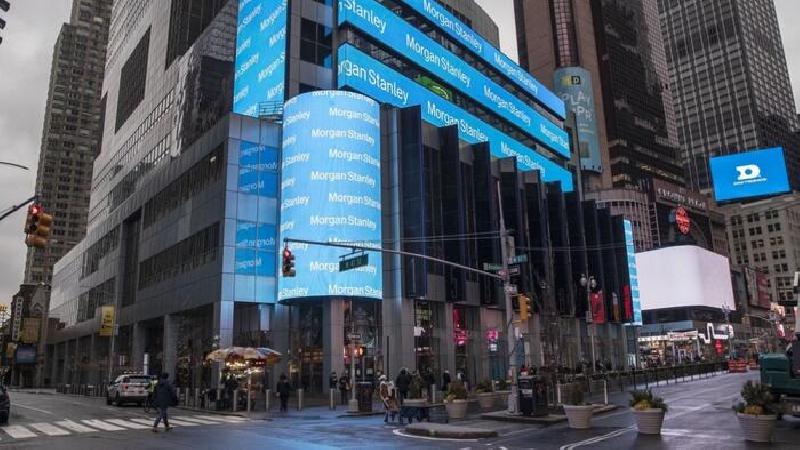Given the wealth of information that has already been leaked (likely by the DoJ & SEC) about the “block trading” investigation, Morgan Stanley’s official disclosure of the investigation in its Annual Report (released Thursday) seemed almost comically brief.
For instance, the Street already knows the name of the top Morgan Stanley banker involved: Pawan Passi, once the head of the bank’s equity syndicate desk – he has supposedly been “on leave” from the bank since November. That was reported by Bloomberg, and both BBG and WSJ have reported a the names of some of the other bankers involved, as well as some of the key buy-side clients (including one Citadel-controlled fund).
They include: Andrew Liebeskind at Citadel’s Surveyor Capital and Jon Dorfman at Element Capital Management. Felipe Portillo, a risk executive within Credit Suisse’s equity capital markets group, Michael Daum, a partner at Goldman and Michael Lewis, the head of US equities cash trading at Barclays (and a former Morgan Stanley banker until 2018). Those are some heavy-hitters, for sure. So far, the media organizations that have reported on their alleged involvement have refused to offer any details, saying only that they are somehow “involved”.
It was only revealed about a week ago that the Archegos block trades (trades that Zero Hedge was among the first to report) which were among the most visible such trades in recent Wall Street memory, were indeed involved in the investigation (which supposedly began years earlier).
In that incident, Morgan Stanley and Goldman Sachs avoided the worst losses by breaking a backdoor agreement among half a dozen major global megabanks to try and parcel out the Archegos holdings slowly.
Again, from what we know so far, the probe is examining whether hedge fund clients of Morgan Stanley and others were unfairly “tipped off” in advance of the trades. Bloomberg columnist Matt Levine memorably explained once how bankers routinely pitch potentially interested parties about impending deals, and how a potential “gray area” like that described in the anonymously-sourced reports on the trades might come to exist.
In its statement in its Annual Report, Morgan Stanley admitted it had been responding to “requests” from the SEC or DoJ about “block trading” since June 2019. A subheading entitled “Block Trading Matter” was included under the section “Legal Proceedings”:
Beginning in June of 2019, the Firm has been responding to requests for information from the U.S. Securities and Exchange Commission in connection with an investigation of various aspects of the Firm’s block trading business.
The bank then admitted that the requests started coming from federal prosecutors nearly two years later in August 2021.
Beginning in August of 2021, the Firm has been responding to requests for information from the U.S. Attorney’s Office for the SDNY in connection with its investigation of the same subject matter. The Firm is cooperating with these investigations.
Block trades are a growing source of business for megabanks, with revenues from US block trades rising to $727.9 million in 2021 from $508 million in 2020, according to Dealogic data. Overall last year, there were $70.8 billion worth of block trades, up from $41.4 billion a year earlier. Of this, Morgan Stanley and Goldman Sachs take home the lion’s share of the revenue – and the profits.
Morgan Stanley’s annual report didn’t say anything about the SEC’s concurrent probe into spoofing and other manipulation by short sellers which has ensnared major short-selling hedge funds like Carson Block’s Muddy Waters.
via zerohedge

